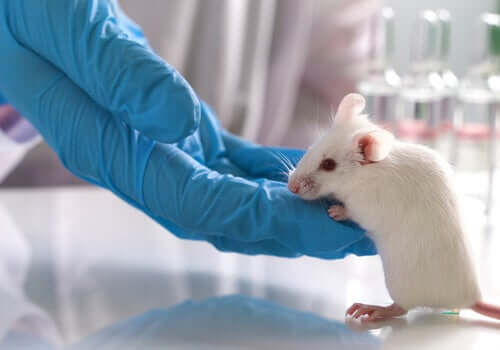Animal experimentation in scientific research has a long history and remains a common practice today, approximately 115 million animals are used each year for these purposes, however, important sectors of society oppose this practice.
Since ancient times, animal experimentation has been common. In the 3rd century BC, Alexandrian doctors conducted experiments on living and dead animals, however, it was in the 15th century in Italy that modern experimentation really began. Scientists used live animals, especially dogs and pigs, to show the different functions of the body. Parts.
- In the eighteenth century.
- We can highlight the work of Albrecht von Haller.
- Who used about 200 animals to test the irritability of living tissues.
- And Haller based his work on the suffering of animals and demonstrated it by measuring reactions to various painful stimuli.
Haller was the first person to apologize for inflicting pain on animals, indicating a new sense of responsibility found in several publications of this century.
Then, after this brief historical analysis of animal experimentation, we analyze the arguments put forward by those who are for and against this method of study.
Animal research has played a key role in almost every medical discovery of this decade. In fact, almost all Nobel prizes in physiology and medicine since 1901 have based their studies on animal experience data.
In addition, humans are very similar to other animals. We have the same organs and suffer from similar diseases, such as cancer, influenza, tuberculosis and asthma; in this sense, methods that do not involve the use of animals, although they are essential to complement the information, cannot replace their use.
Modern surgical techniques (hip replacement, heart transplants, blood transfusions, etc. ) and imaging tests have been perfected through animal experiments.
On the other hand, it is unethical to condemn the lives of beings who sit in a lab cage and cause them pain and fear. Using innovative techniques, scientists have been able to develop animal-free research methods, such as in vitro technologies, bacteria. cultures, human patient simulators, etc. So why not continue to evolve in these advances?
In addition, most animal experiments are not biomedical intended, i. e. they are not intended to improve human health, such as cosmetic or domestic testing, military research, or environmental impact testing.
The scientific value of biomedical experimentation in animals is lower than many people think, which has many implications. Like what:
Most developed countries have laws to minimize the use of laboratory animals and their suffering. The European Union has one of the strictest laws in the world, covering all vertebrates and cephalopods and including criteria for the care of the animals and facilities in question.
In the United States, federal law does not mention mice, rats, birds, or fish, which account for 95% of the animals used in laboratories, but these species are covered by other non-federal regulations.
Other countries also have regulations, in Canada, regulating animal experimentation is the responsibility of the governments of each province, China, for its part, passed the first national law on the welfare of laboratory animals in 2006.
The strictest regulation in the world is likely to be British, which requires a cost-benefit analysis to authorize animal experimentation, as well as customizing licences for those conducting such tests.

